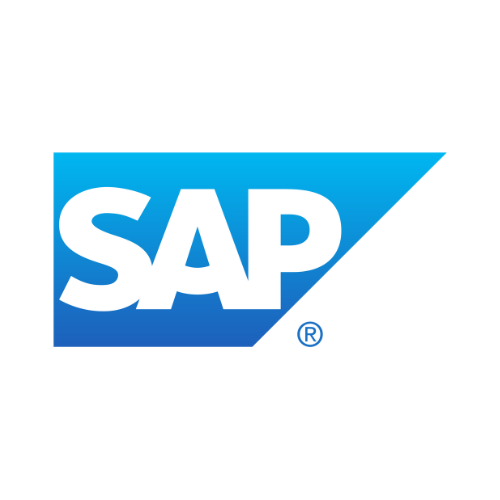June 16, 2021
Blog
Best practice to ensure you are validation ready
Phil Dray
Director of Global Compliance
Share
Validation is essential to ensuring patient safety and the integrity of the data in your labeling system. However, this exercise doesn’t have to be time-consuming and costly if you are using a Global Labeling System (GLS) that is truly validation ready. While validation can never be completely turn-key, suppliers should be able to provide invaluable documentation and access to their expert team to significantly reduce the burden and accelerate your validation journey.
Any labeling software being considered for deployment in the highly regulated medical device and life science sectors should be GAMP V ready and able to stand muster at a Computer System Validation (CSV) audit. Ultimately, your validation master plan needs to allow you to stand toe to toe with the auditor and demonstrate that you have met your regulatory obligations, always remembering that if it’s not documented, then it’s just a rumor.
The responsibility of ensuring GxP compliance sits with the regulated company using the software, but GAMP V explicitly directs you to leverage your supplier as the subject matter expert. They know and understand their own software – its functionality and how it has been developed – meaning they should even be able to suggest appropriate PQs (Performance Qualification). This partnership with your supplier should shrink all elements of the validation timeline; planning, execution, and reporting.
A reputable and knowledgeable supplier will be able to provide extensive documentation demonstrating the robustness of their software alongside extensive function specifications. This will be supplemented by test evidence, a traceability matrix detailing test objectives, methods, and results, and summary reports that transparently report activity during the development and testing cycles.
Armed with this, you should already have the functionality testing aspect of your validation master plan taken care of, meaning you’re left only needing to create appropriate PQ tests to cover your business requirements. Of course, if you’re using a cloud-based solution without bespoke coding, then your supplier should be able to provide documentation that allows you to fulfill your PQ testing obligations.
If you’re configuring purpose-built software for medical device and life science markets, rather than customizing a generic labeling solution, you don’t need to replicate a supplier’s testing of software functionality if they’ve given you supporting documentation. This would run counter to the risk-based approach advocated by GAMP V, which is likely to form the basis of the FDA’s forthcoming Computer Software Assurance (CSA) regulations. The focus should remain on your intended use and ensuring patient safety, not embarking on an unwarranted validation odyssey, producing reams of superfluous documentation.
No one can afford to get validation wrong. Choosing a supplier with relevant industry expertise and a truly validation-ready system means that you can reduce your compliance burden and time to value.

